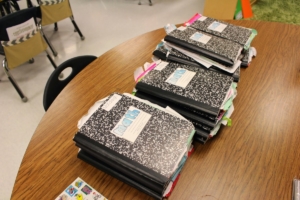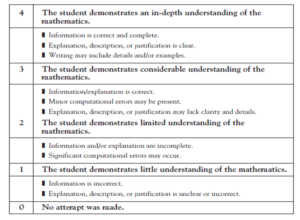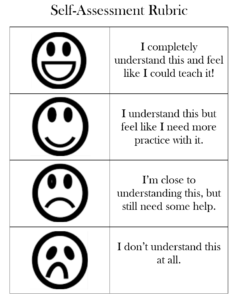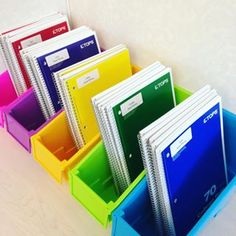Math journaling can be an essential strategy for students applying their understanding of concepts with written proof and informal assessment for teacher’s to guide the learning. Here are the Top 10 things to consider when preparing to establish the use of math journals in your classroom:
1. Why is journaling in math important?
Journaling is math is important because it gives students a chance to apply and reflect on their learning. The use of journals is also a great way for teachers’ and students to informally assess learning, while making instructional decisions based on what is observed.
2. What type of work should be included?
• Students can record solutions to problems with models, labels, and explaining their thought process. Problems are sometimes typed and cut, where students glue them in to respond. Problems are also many times introduced under the elmo or even in a powerpoint presentation format.
• Students can write about what they are learning, which may include responding to an essential question.
• Response to a performance task.
• Graphic organizers or foldables to develop vocabulary and strategies for solving.
3. How frequent should my students respond in their math journal?
There is no specific amount of time set for how frequently students should respond in their math journals. You want to make sure that the work placed in the math journal is most important towards understanding of the essential question or learning goal of the specific lesson. Consider quality work not quantity of work.
4. Is there a specific format that my students need to use?
There is no set specific format. Some people may include dates, titles, sub-titles, page numbers and even a table of contents. Whatever format you feel works best for you and your class is what should be used. You also want to make sure that whatever format you choose isn’t time consuming and taking away from the lesson.
5. How can I use journaling for informal assessment of student understanding?
Math journaling should be used as an informal assessment tool and help inform classroom instruction. By requiring students to communicate their reasoning, can help a teacher gain insight into what a child truly understands, their approach to solving, and what misconceptions they have. An established rubric could be helpful to track student trends in understanding of concepts, as shown in the picture below. Make sure the rubric is about the work, explanation, models/strategies and labeling work rather than how to set up the journal entries.
6. How can journaling help students self-assess their understanding?
Students can use a class-created math journal to self-assess or a simple how are you feeling about the learning today picture. The process of self-assessing helps students own the learning and set goals for overcoming what they don’t understand.
7. How frequently should I give feedback?
Feedback should be given back in a timely format. There is not set amount of days, but it would be helpful to have the feedback given within a specific unit or concept so students can adjust their thinking and strengthen their understanding. A rubric is a great tool to include to give clear consistent and timely feedback to students. This is something that could be created with the class to set clear expectations for the math journal entries. There are many different ways to establish a procedure for giving feedback, including:
• Have 2 days set to give feedback in math journals to different groups. (For example: Boys – Wednesday/Friday and Girls Tuesday/Thursday).
• Take home half of the journals one day for feedback, and the other half the next day.
• Have students use the class-created rubric to give each other feedback as teacher monitors to informally assess.
8. What management system do I want to have in place to make the use of math journals seamless?
You may want to consider having place to keep the journals away from the desk or within desk with a quick and easy procedure for retrieving them. Once again, you want to make sure the most essential and important information is recording in the journal, not all of the day-to-day work so make it clear to students what is entered. You also may want to consider using journals as a home-to-school communication piece. By sending the journals home with the essential learning of the day, parents get a clear understanding of what was learned and it may play a role in helping with homework.
9. How can I differentiate the use of journals for different levels of learners?
Journaling is already differentiated in that students respond to the level that they understand, which gives the teacher a true understanding of where the child is at. To incorporate differentiation, students can be expected to explain or just use a model to answer a problem.
10. How do I get started?
• Purchase journals that are all the same color or style.
• Determine how students will label the journals.
• Come up with a place for storing.
• Determine what your norms for the journal may be.
• Brainstorm possible self-assessment and teacher feedback rubrics.
• Come up with a plan for having students give input for rubrics.
• Brainstorm different formats for graphic organizers or foldables.
• Begin within the first 9 days of math, informally assessing 2nd grade standards with problems, explanations and models.
• Reflect and revise use of math journals as needed!
Teachers – Please visit the Grade 3, Building Math Community link, located on the 3rd grade Year at a Glance, for more information on getting started within the First 9 days of school!
For more information on the benefits of math journaling and ways to incorporate them in your math classroom, read the article http://files.eric.ed.gov/fulltext/ED544239.pdf.



